The author of Esperanza Means Hope paints a vivid picture of Arizona’s landscape mentioning both plants and animals throughout the story. Read one of the author’s picturesque descriptions from Part II, On the Ranch, page 96. (See below.)
Rancho Escondido meant Hidden Ranch in English. It was located at the foot of the Rincon Mountains, surrounded by hills studded with boulders and tall saguaro cactuses. On the north side of the house, down a steep slope, a line of green cottonwoods showed where the wash ran. Their bright green leaves rattled and fluttered in the faint breeze, sounding like rain. The cottonwoods revealed why the ranch was built in that spot: water. Cottonwoods were thirsty trees. They sank their roots into the wash, creating pools that attracted wildlife, including deer, javelinas, and bobcats. Growing in the pools were tall reeds that hid ducks and fish. This lush oasis had been Esperanza’s favorite place to play when she was younger. Esperanza looked toward the stark mountains. It was so quiet at the ranch. The only sounds were rustling cottonwood leaves, softly cooing doves and a distant cow bawling for her calf.
Research the flora and fauna of Arizona and make a pictorial glossary of Arizona’s plants and animals. A glossary includes a brief description of each plant or animal and/or some interesting information about them. Make sure you include only plant and animal species native to Arizona. For example, the White-winged Dove is commonly found in the Sonora Desert and the Southwest, so it would be a good choice for dove. You would research “birds of Arizona” to find information. See the Reeds (Common) example.
|
Cholla Cactus |
Cottonwood Tree |
Cresote Bush |
|
Mesquite Tree |
Palo Verde Tree |
Prickly Pear |
|
|
|
|
|
Reed (Common) |
Saguaro Cactus |
Scrubby Oak |
|
Bobcat |
Buzzard |
Coyote |
|
|
|
|
|
Cicada |
Deer |
Dove |
|
|
|
|
|
Duck |
Horned Toad |
Javelina |
|
|
||
|
Rattlesnake |
Raven |
Screw-Worms |
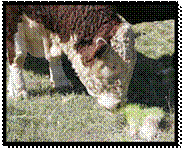 |
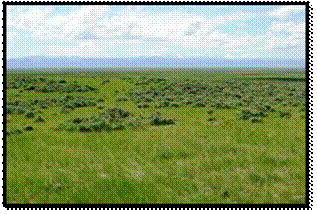 |
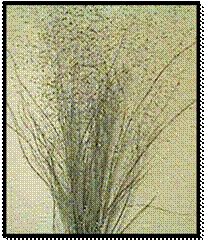 Sand Dropseed Grass |
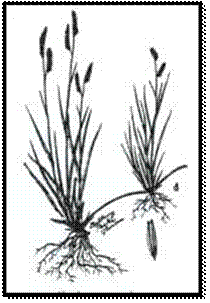 Buffalo Grass |
|
Grass |
Growth Habit |
Color |
Drawing |
Origin |
| Alkali Sacaton | 2 – 3 feet tall; grows in dense clumps | Pale green with grayish cast |  |
Native |
| Arizona Fescue | 2- 3 feet tall; densely clustered stems with wiry stalks | Gray green to blue green |  |
Native |
| Blue Grama | 6 – 12 inches tall; low-growing bunchgrass |
Grayish green turning yellow straw |  |
Native |
| Bottlebrush Squirreltail | 5- 15 inches tall; clumped bunchgrass | Bright to dark green turning yellow | 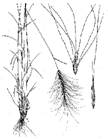 |
Native |
| Galleta | 1 – 2 feet tall | Dull blue-green turning to light yellow |  |
Native |
| Junegrass | Coarse sodgrass; 1 to 1 ½ feet tall | Bright to light green |  |
Native |
| Sacaton | Coarse stemmed bunchgrass; 3- 6 feet tall | Pale green with grayish cast |  |
Native |
| Vine Mesquite
|
Viney type of sodgrass | Light bluish-green turning to reddish straw color |  |
Native |
| Western Wheatgrass
|
Moderately coarse sodgrass; 1 – 2 ½ feet tall | Blue green turning washed out strawlike |  |
Native |
Add two of your own choices.
| Appetizer: (optional) | |
Arizona Fish and Game website
|
|
| Main Course: (select one) | |
| Desert Botanical Garden Digital Learning for Students Go to the Desert Botanical Garden Website and view DBG Digital Learning
Arizona-Sonora Desert Museum
|
|
| Side Dishes: (select two) | |
Cattle Ranching in Arizona – Price Canyon Ranch
Cattle Ranching in Arizona
Cattle Ranching in Arizona
Cattle Ranching in Arizona
|
|
| Dessert (optional) | |
 |
Read Katie of the Sonoran Desert Katie del Desierto Sonorenseby Kate Jackson.
Read about Hispanic Ranching in Arizona (Spanish/English) |